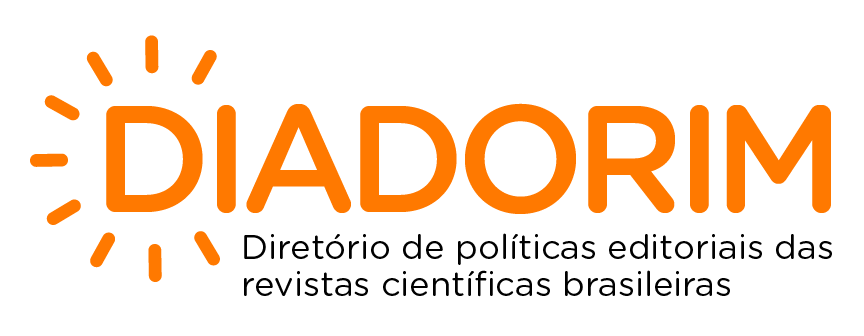Epidemiological analysis of patients diagnosed with vascular acute abdomen in a complementary care hospital in the city of São Paulo/SP, Brazil: a retrospective study
DOI:
https://doi.org/10.56242/globalhealth;2022;2;7;16-20Keywords:
Acute Abdomen, Ischemia, Mesenteric Ischemia, Abdominal Pain.Abstract
OBJECTIVE: To evaluate epidemiological, clinical, and prognostic profile of patients with acute vascular abdomen (AVA), framed as acute mesenteric ischemia (AMI) undergoing surgery.
METHODS: Medical records of patients with AMI, who underwent surgery at Hospital Sancta Maggiore, São Paulo/SP, Brazil; between January 2017 to August 2021, were reviewed. For data analysis, the SPSS program version 18.0, independent Student t-test and Chi-square tests were used.
RESULTS: Eighteen patients with a median age of 78 years were selected. The main personal history was hypertension and 63% reported severe abdominal pain on admission. 47% had door-to-surgery time less than 1 day, with surgical time less than 1 hour in 44% of cases. 31% stayed in the ward for more than 7 days and 40% stayed in the ICU for 1 to 3 days. 67% of the patients died. There were no significant differences between severe and extremely severe patients. In the elderly, AVA stands out as a rare condition with high mortality, tends to be more incident and may mimic acute abdomen: obstructive, inflammatory and/or perforative.
CONCLUSION: AVA is a diagnostic and therapeutic challenge with likely future increased incidence. It is up to surgeons to obtain the necessary knowledge to diagnose and treat it to decrease its morbidity and mortality.
DESCRIPTORS: Acute Abdomen, Ischemia, Mesenteric Ischemia, Abdominal Pain.










